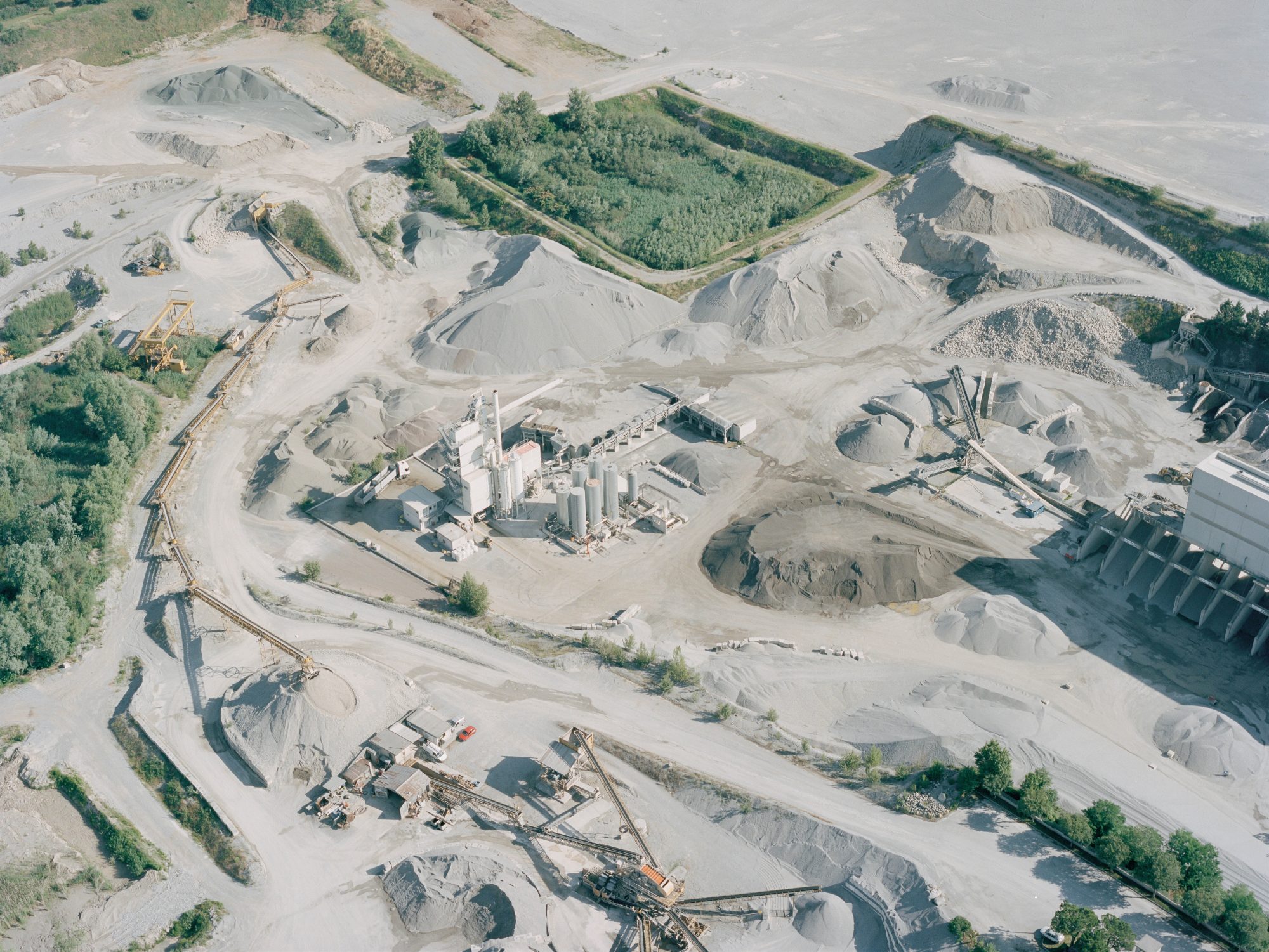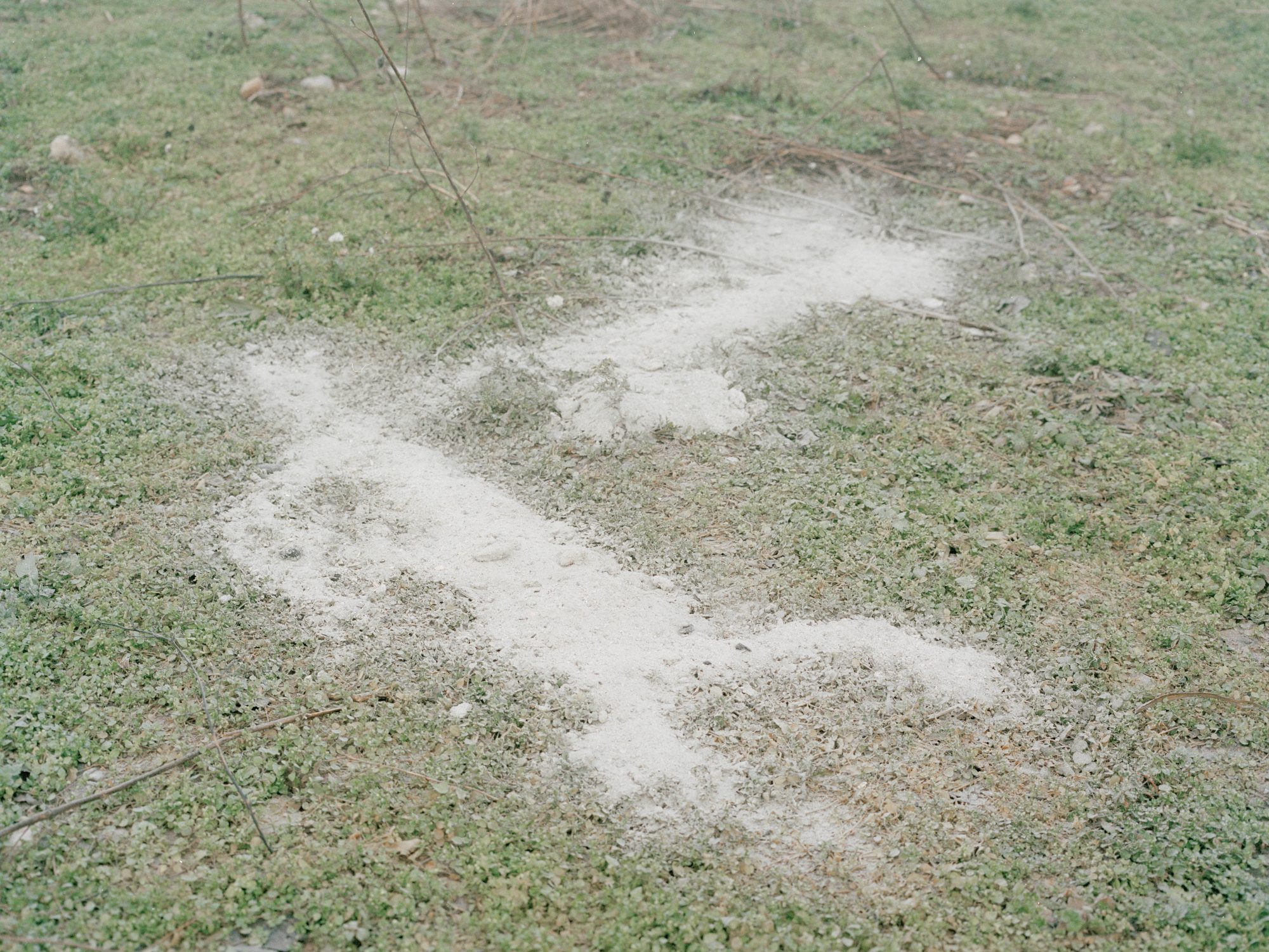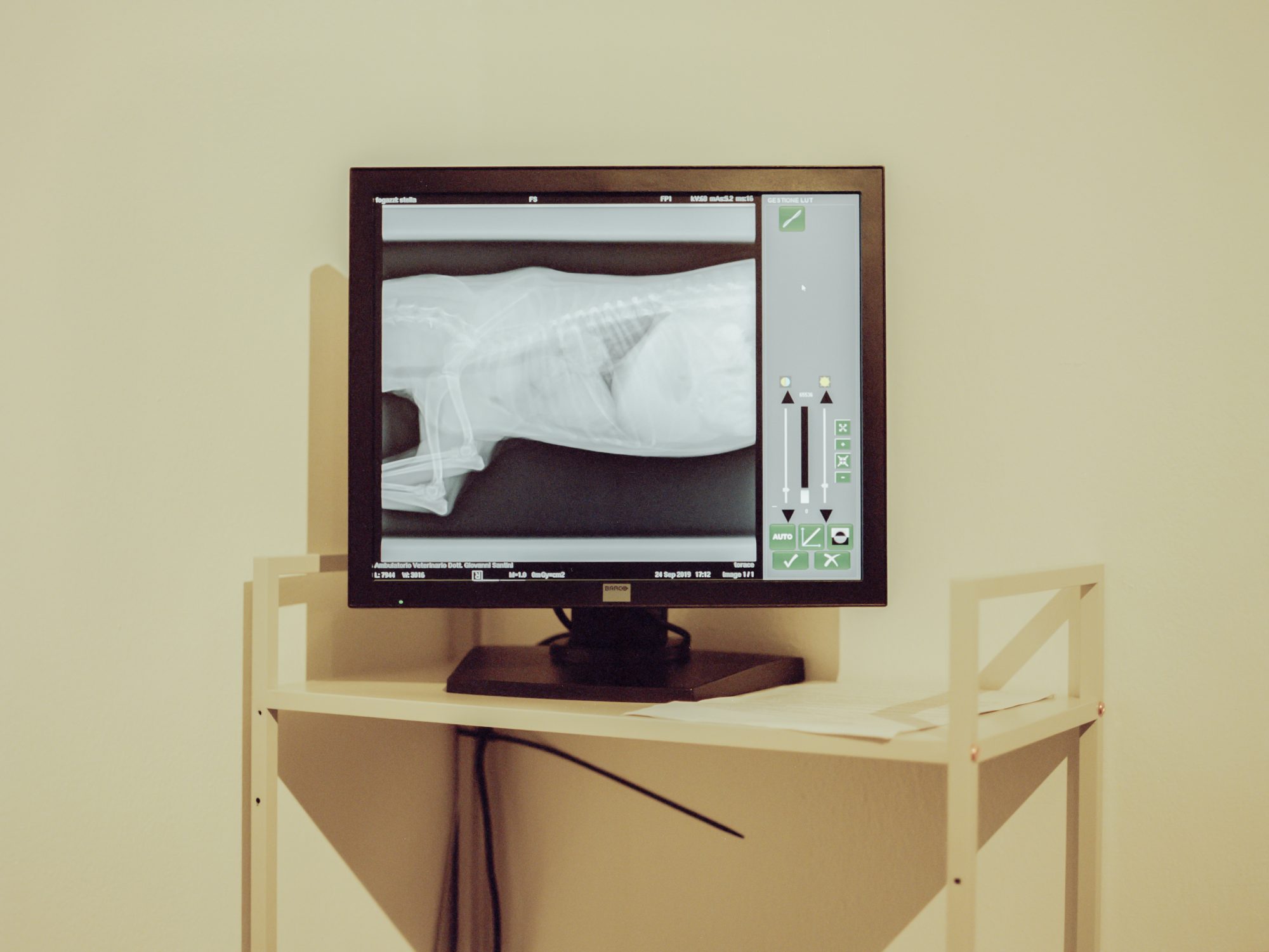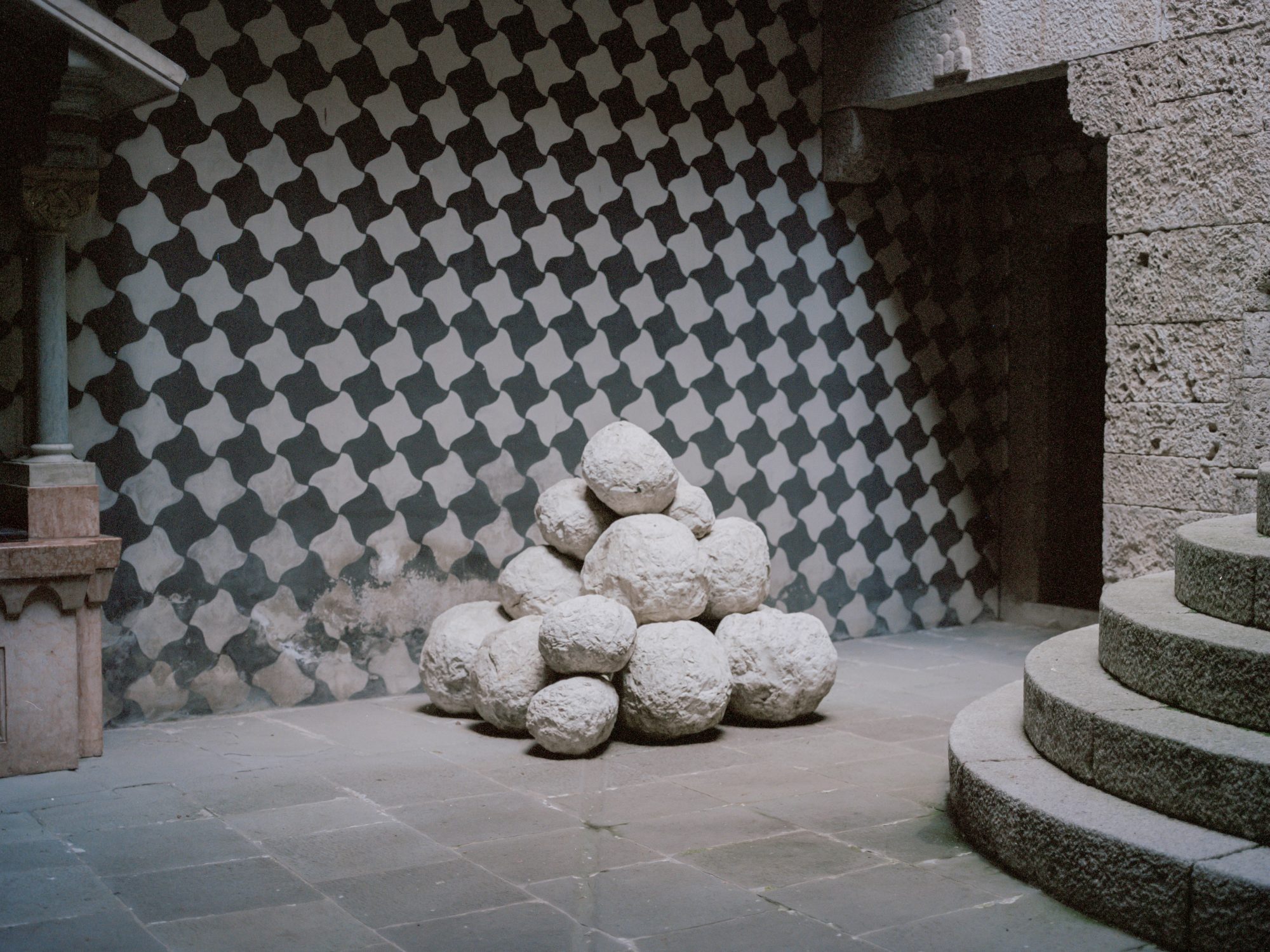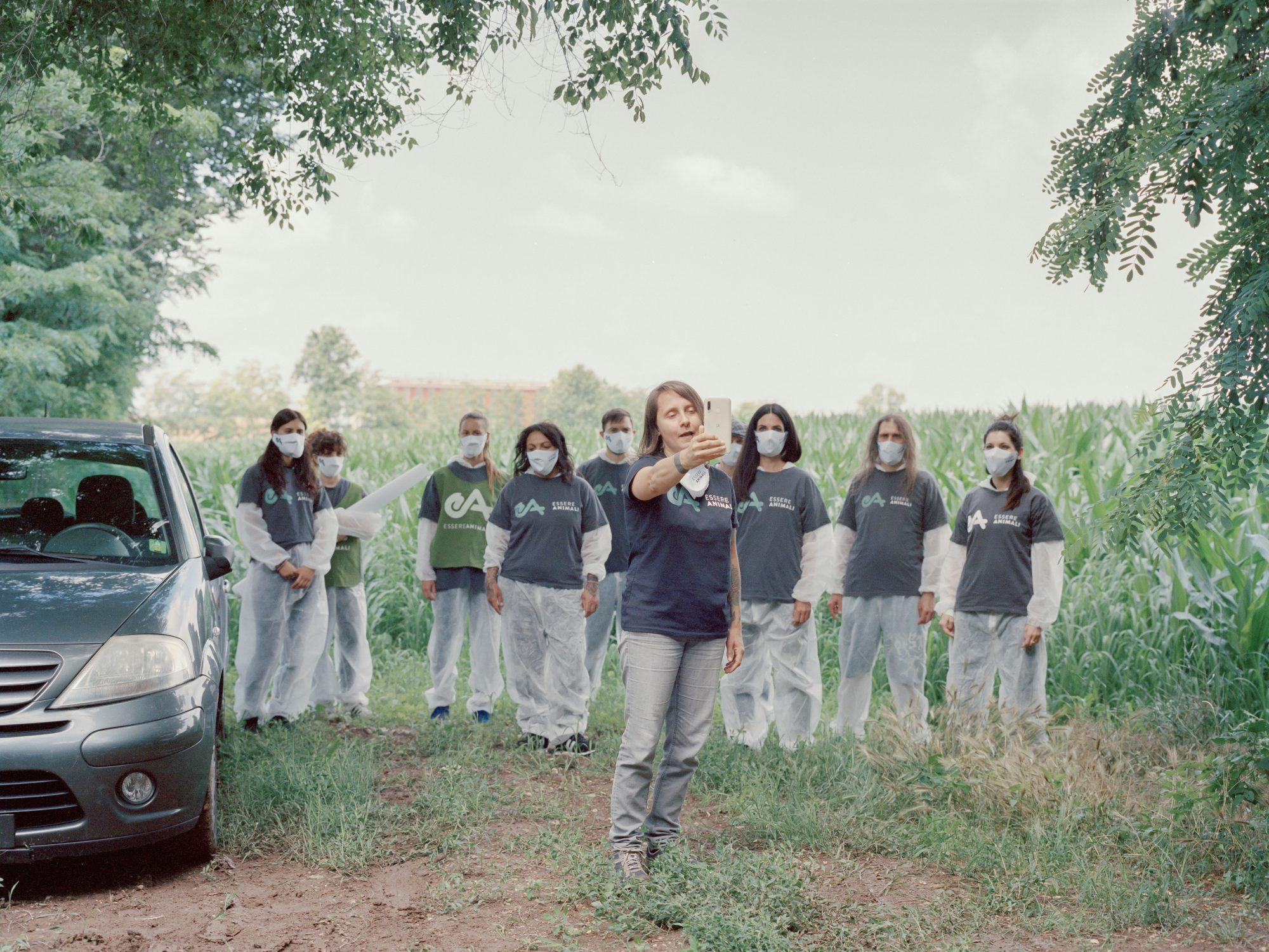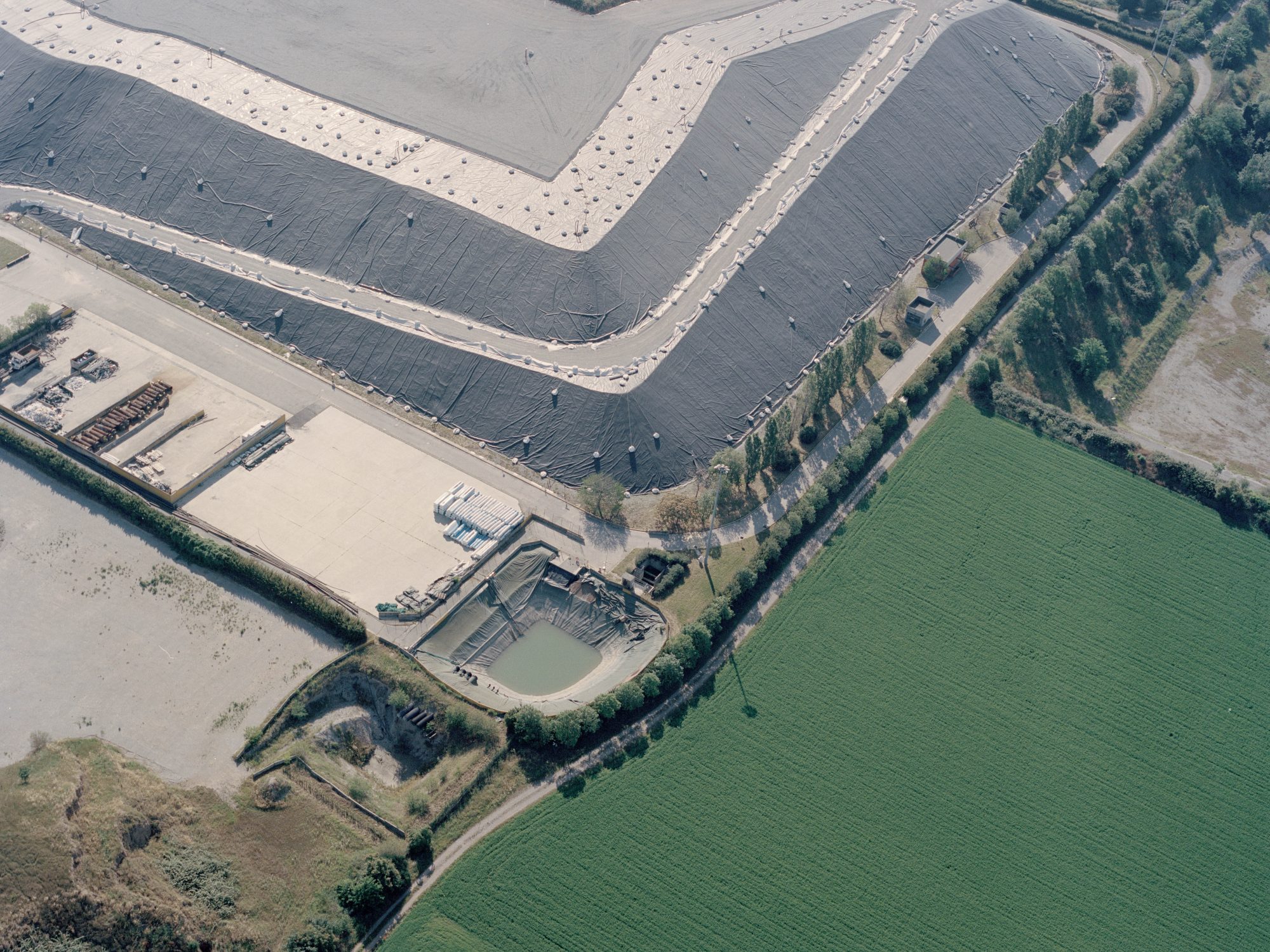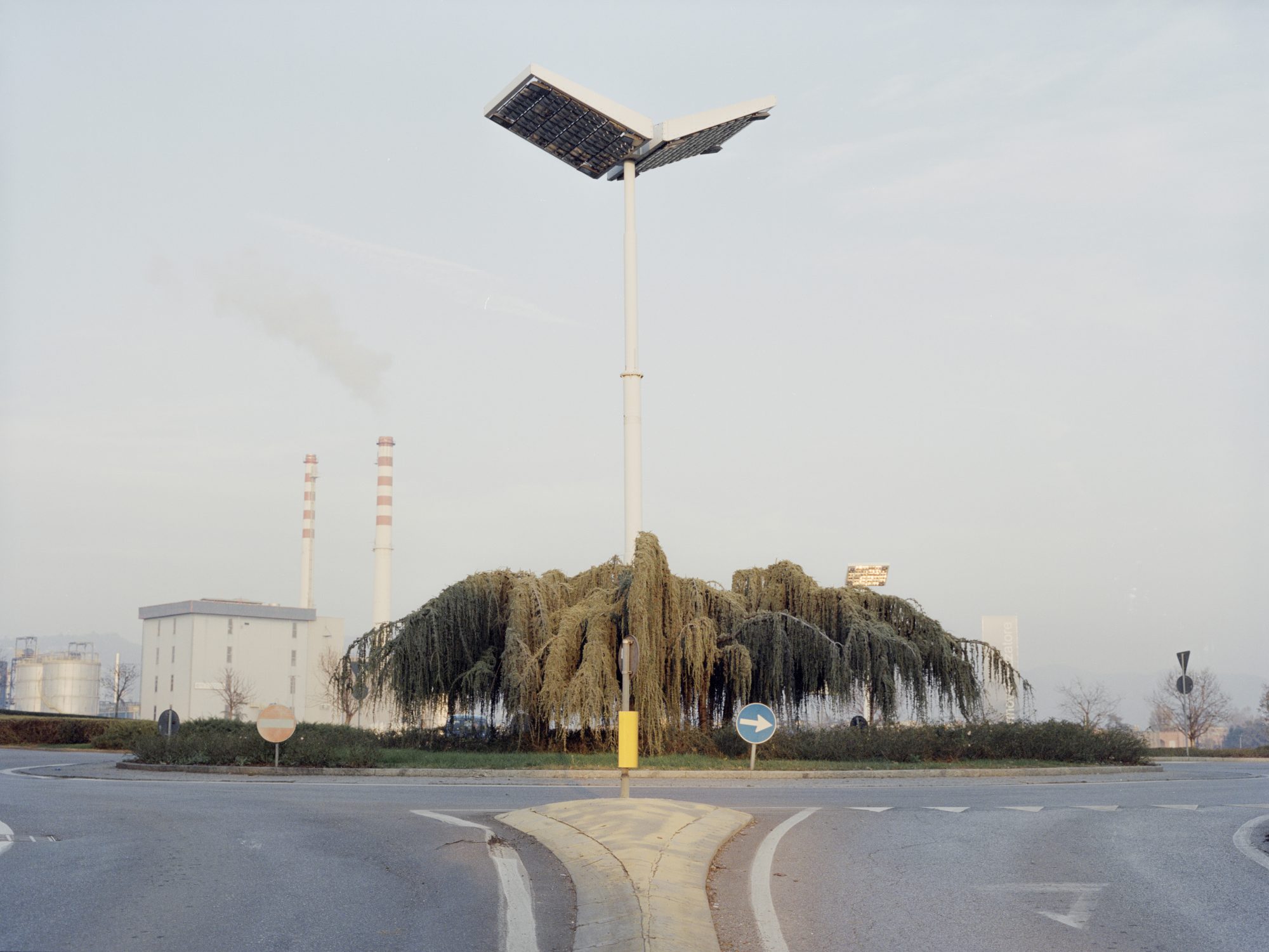The Land of Holes
Mattia Marzorati
Over the last hundred years the city of Brescia and its province have experiences an exceptional economic development, mainly thanks to the engineering and mining sectors, to whose gravel and sand quarries we owe the name of “land of holes”. Thanks to the presence of these huge quarries to be filled, the business of waste and the uncontrolled production by many companies have led to disastrous consequences for the territory and the people: the incidence of cancer is much higher here than in rest of the country; moreover, the province can boast the presence of one of the biggest incinerators in Europe, the greatest concentration of landfills in the continent, the largest radioactive site in Italy, the widest and worst contamination by PCBs dioxin ever recorded in the world. People living in the area reflect the contradictions created by an unsustainable, self-destructive and difficult-to-eradicate economic system. In this context, the struggle of a few people seems to be the only – perhaps utopic – form of opposition.
Artist biography
I approached photography after having had several volunteer experiences in different parts of the world. I believe in the persuasive power of images, in the strength of the stories that can be told and in the power of this language. I fell in love with photography because it allows me to travel, to be in contact with people trying to give importance to those situations that hardly have visibility.
